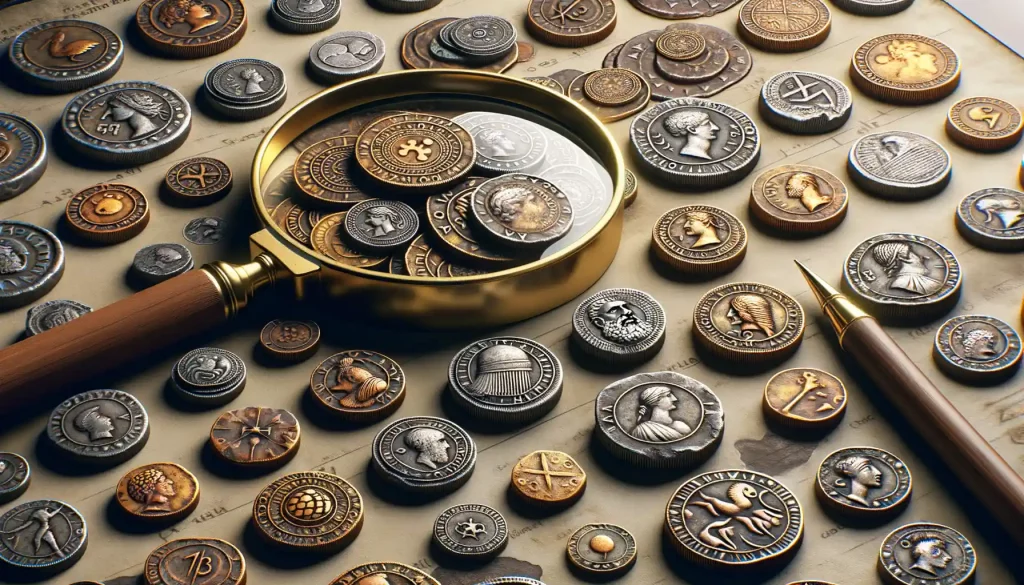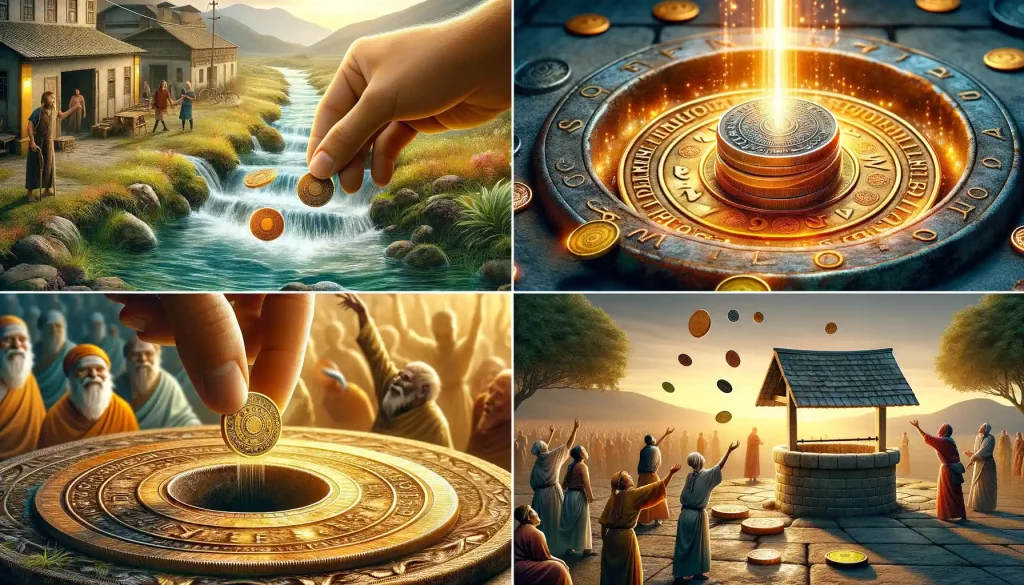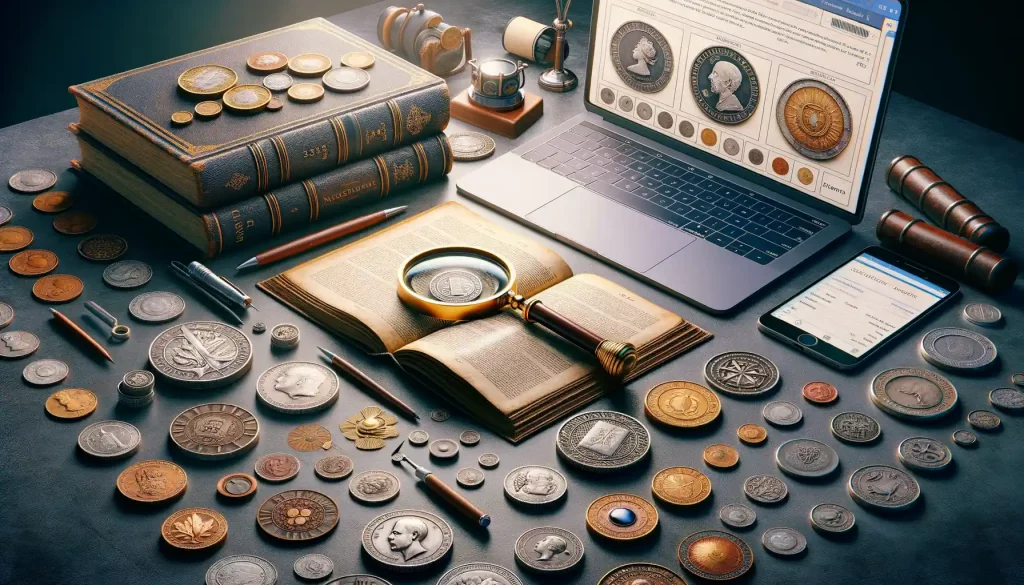Understanding the Basics of Ancient Coin Authentication
The Fascinating World Hidden in Ancient Coins
Imagine holding a piece of history in the palm of your hand—a weathered coin that might have jingled in the pockets of a Roman merchant or paid for spices along the Silk Road. Ancient coin authentication begins with the incredible story every coin tells. To truly appreciate these treasures, you need to start by understanding their origins and unique characteristics.
Every ancient coin bears unique “fingerprints” that help distinguish it from modern reproductions or forgeries. These include subtle details like the texture of its surface, the artistry of its design, and even its metallic composition. Think of it as peeling back layers of time—each scratch, patina, and irregularity is a clue to its past life.
- Minting marks: Look closely—authentic ancient coins often feature imperfections due to manual minting processes.
- Wear patterns: Genuine coins will show natural, uneven wear from centuries of use, unlike the suspiciously uniform aging of fakes.
Getting acquainted with these elements is like learning a new language. At first, it might feel overwhelming, but soon you’ll spot the whispers of authenticity hiding in plain sight.
Identifying Key Features of Genuine Ancient Coins
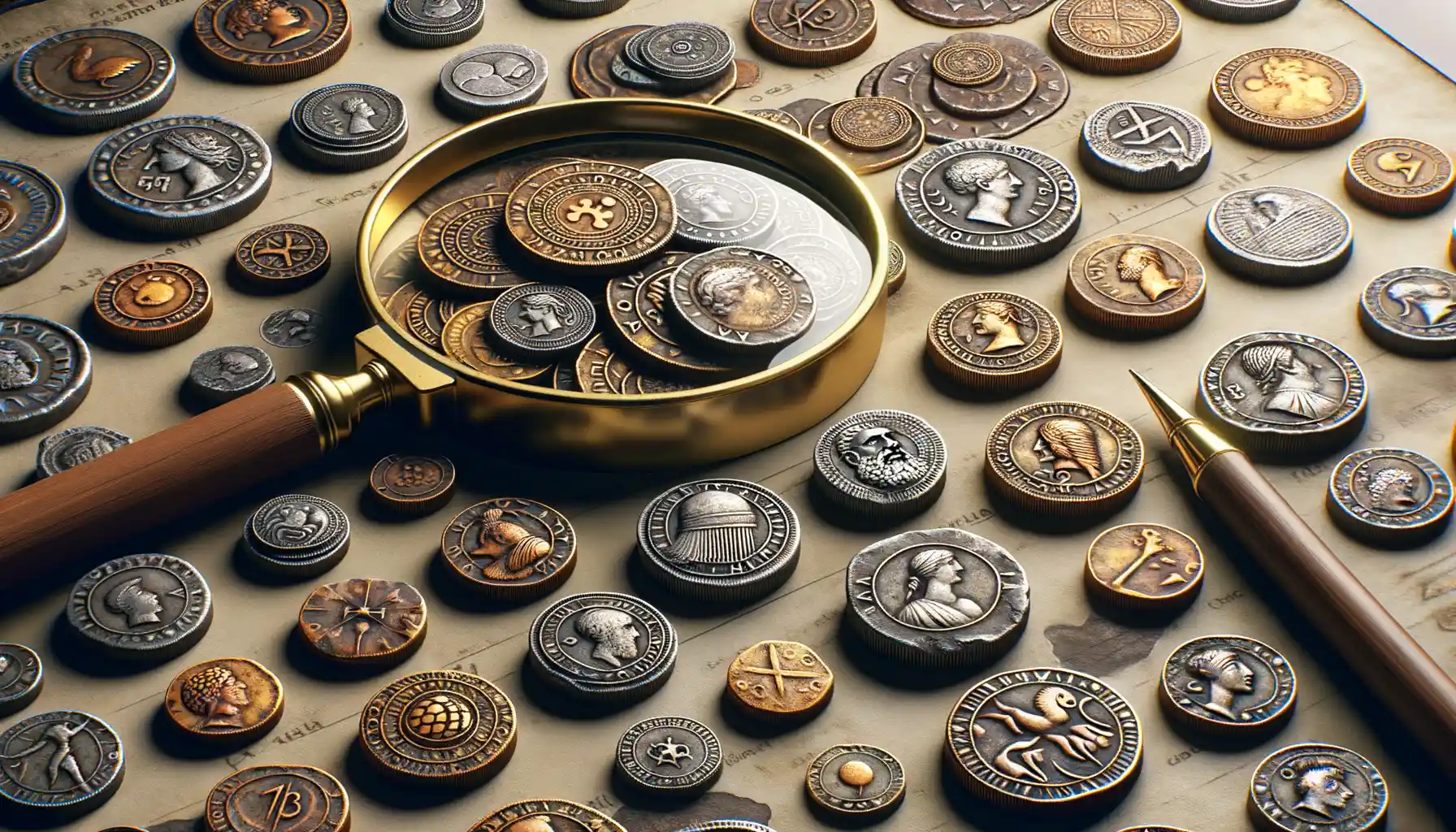
Unraveling Stories Hidden in Coin Design and Texture
Picture holding a piece of history right between your fingertips—a coin that has journeyed through centuries. Now, how do you tell if it’s the real deal? Start by examining its design. Genuine ancient coins are like miniature works of art, often featuring intricate details that tell tales of emperors, gods, or ancient civilizations. Look closely: Are the reliefs sharp and well-struck? Counterfeits tend to have softer or muddled designs, like a photocopy of a masterpiece.
Then there’s the texture. Authentic coins were hand-struck, leaving subtle irregularities. Flip it over, feel its edges—are they rough in places where the strike might have been uneven? These imperfections are your first clue that this coin might just be the real McCoy.
Pro tip: Many forgeries lack the “flow lines” produced by ancient minting techniques. Put it under a magnifying glass and look for tiny grooves radiating from the center. This is nature’s fingerprint of an authentic coin!
The Weight of Authenticity: It’s All About the Metal
Authentic ancient coins were crafted from metals like silver, gold, or bronze, carefully standardized in weight by their creators. Use a precision scale to weigh your coin.
Here’s what to check:
- Does the weight match historical records? Variations usually indicate tampering or forgery.
- Does the metal composition seem off? Ancient coins boast specific alloys—you’ll rarely find pure metals.
Feel the coin’s weight in your hand, too. A counterfeit often feels unnaturally light or suspiciously heavy. Think of it as shaking hands with someone—if the grip doesn’t feel right, something’s off.
Methods and Tools Used for Coin Authentication
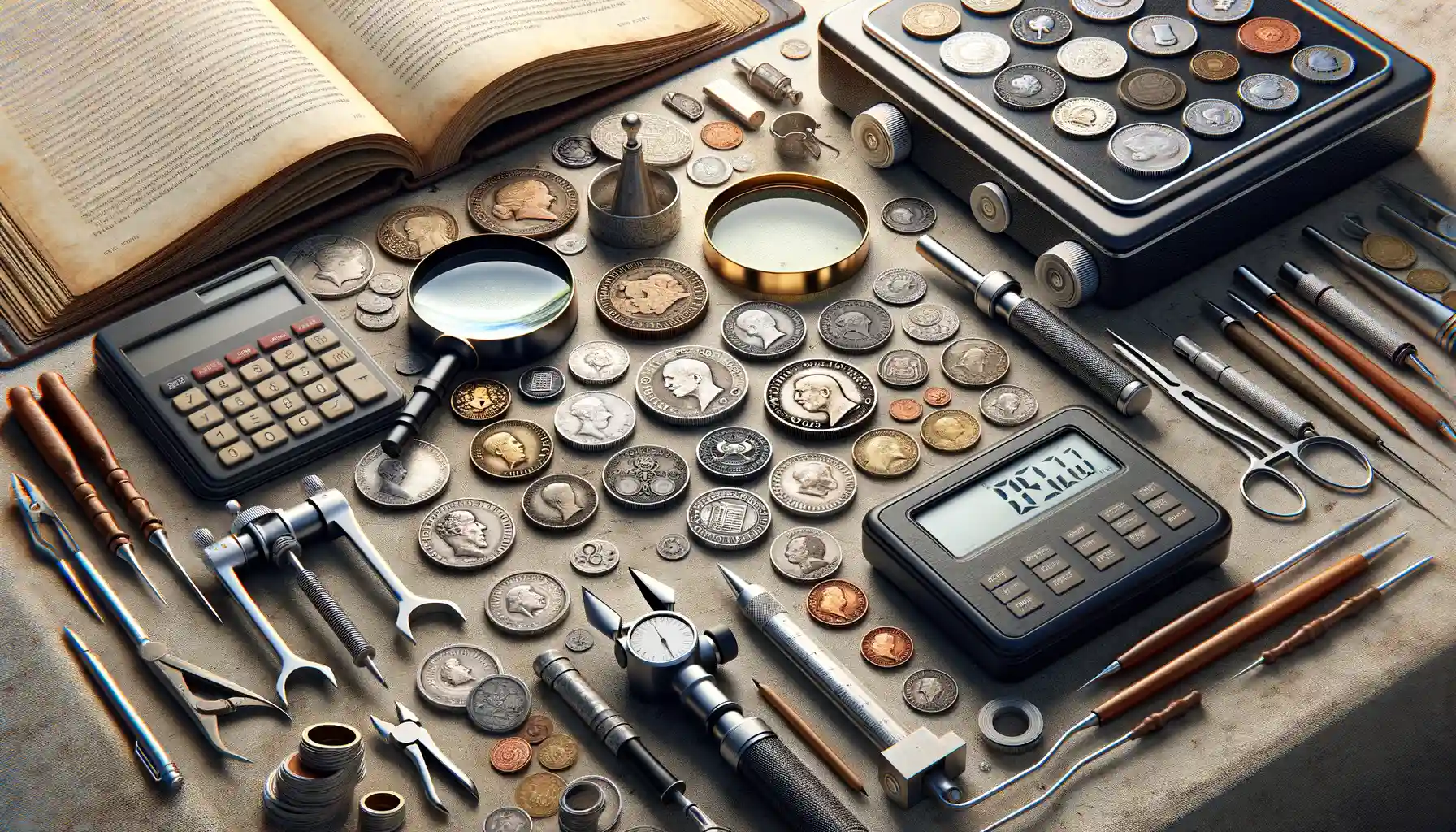
Hands-On Tools for Scrutiny
Delving into the world of ancient coin authentication feels like stepping into a detective’s shoes. Every detail matters! A magnifying glass or, better yet, a jeweler’s loupe (10x or higher) is your go-to sidekick, revealing subtle textures and wear patterns that escape the naked eye. A digital caliper? Absolutely essential. Measuring a coin’s diameter and thickness can expose inconsistencies that quickly raise a red flag. And don’t forget the scale—precise weight is often a dead giveaway with counterfeits, especially if they’re made from cheaper metals.
For the tech-savvy collector, there’s the game-changing X-ray fluorescence (XRF) analyzer. This tool reads a coin’s metal composition like an open book. Wondering if that supposed gold stater is too good to be true? XRF analysis might just shatter the illusion—or confirm its authenticity.
The Magic of Scientific Analysis
Coins tell stories in their patina, strike marks, and even the tiniest imperfections. Under UV light, however, these stories take on new chapters. Forgers often use modern chemicals that fluoresce unnaturally in ultraviolet lighting, casting doubt on origin stories that don’t add up. Need a reliable friend during authentication? Consider these powerful tools:
- Microscopes: They reveal micro-abrasions or tooling marks left by counterfeiters.
- Electroconductivity testers: Perfect for catching plated coins masquerading as solid metal treasures.
It’s almost like the coins themselves are whispering their secrets—you just need the right tools to listen.
Common Mistakes and Red Flags in Authentication
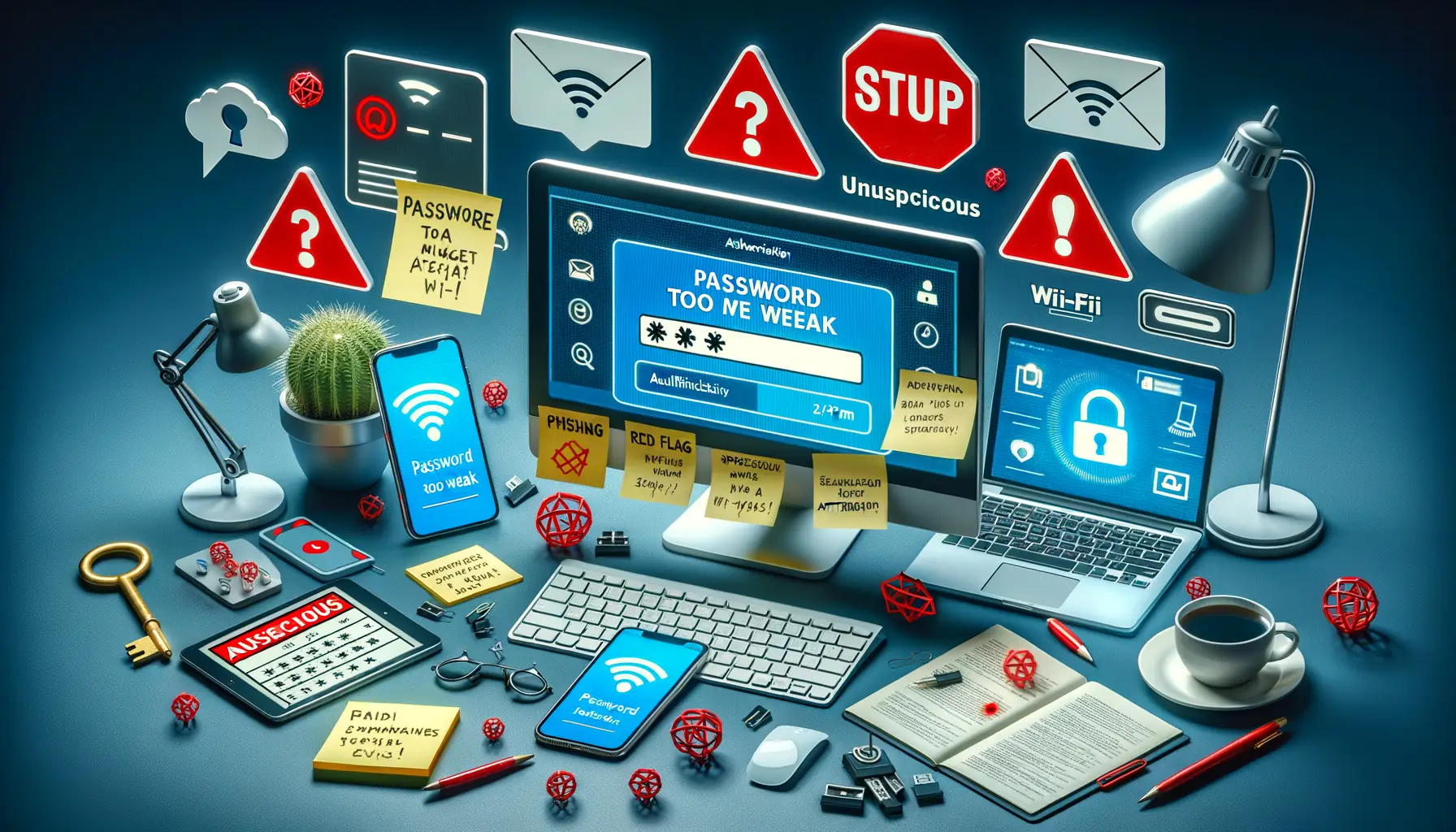
Beware of the Pitfalls: Missteps in Coin Authentication
Authenticating ancient coins can feel like walking a tightrope—it’s intricate, thrilling, but just one wrong move could send you tumbling. Let’s talk about some common blunders and flashing red signals that collectors often overlook.
First mistake? Trusting without verifying! A coin may come wrapped in a promise of authenticity, but unless it’s accompanied by solid provenance or expert certification, treat it like a wolf in sheep’s clothing. Take the glossy photos on auction sites with a grain of salt—digital images are easily manipulated.
Then there’s the “too good to be true” trap. Ask yourself: is this coin *really* an uncirculated Greek silver tetradrachm for $50? If the price screams bargain, chances are it’s screaming fake too.
- Over-cleaned coins with unnaturally shiny surfaces
- Details that appear soft or “melted” under magnification
- Mismatched patina—green oxidation on bronze, for example—that looks painted on
Finally, don’t get swept away by a seller’s charm. A counterfeit peddler doesn’t introduce themselves as such! Watch for pushy sales tactics or vague answers when you ask about origins. Authenticity requires transparency, not smoke and mirrors.
Tips for Working with Experts and Dealers
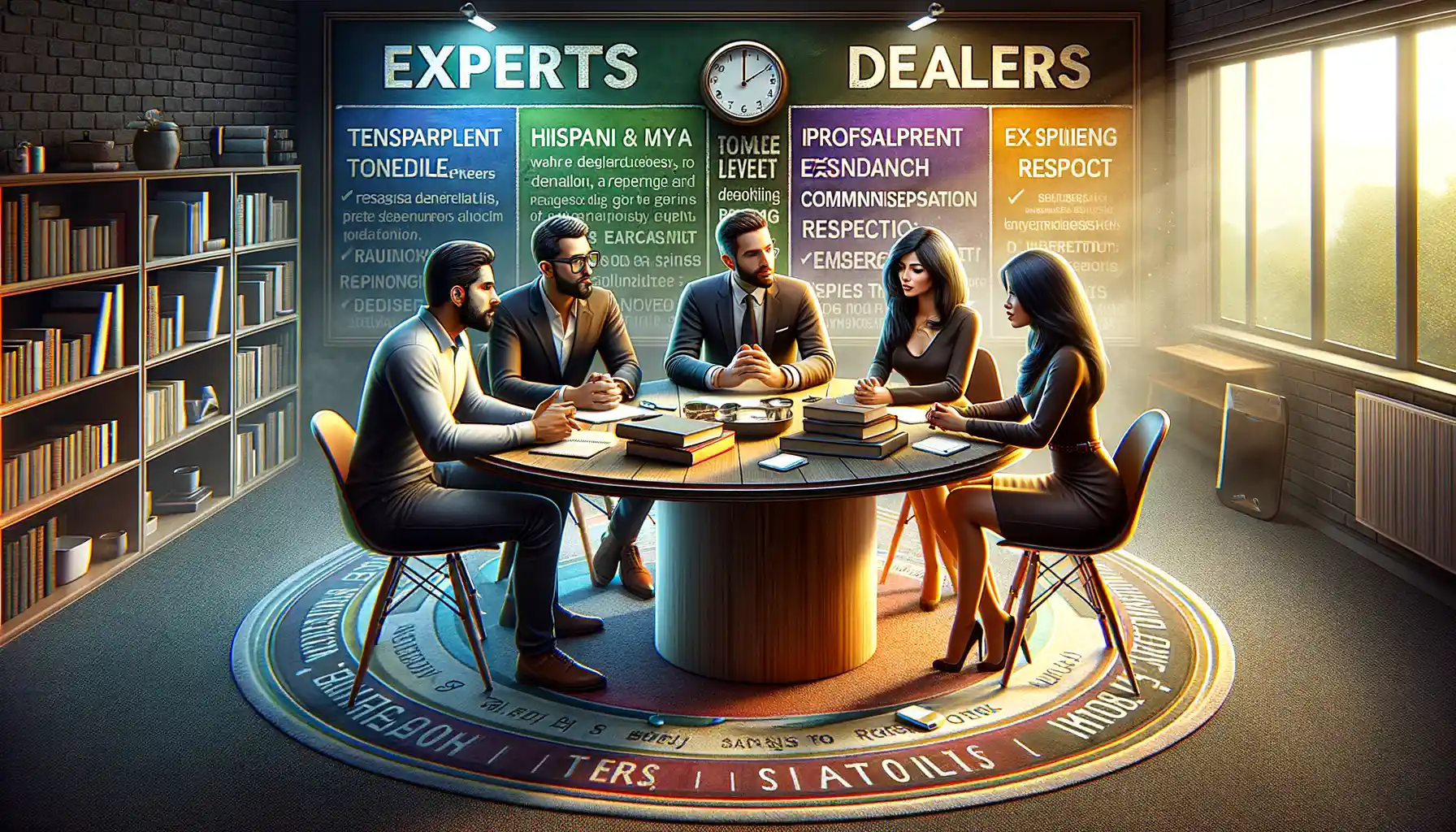
Finding Trustworthy Dealers and Experts
When diving into the world of ancient coins, choosing the right people to work with can make or break your collecting journey. Think of it like assembling your own winning team—you need pros you can rely on! But how do you spot the real gems in a sea of dealers and experts?
- Start with credentials: Look for membership in respected organizations like the Professional Numismatists Guild (PNG) or the American Numismatic Association (ANA). These affiliations act like a stamp of quality.
- Ask tough questions: A trustworthy dealer won’t dodge queries about a coin’s provenance, authenticity methods, or its history. If they’re vague, that’s your cue to step back!
- Seek reviews and references: Fellow collectors can be a goldmine of information. Don’t be shy—post in forums or chat up local clubs to hear about their experiences.
The Art of Building Relationships
Here’s a nugget of wisdom: relationships in this field are worth their weight in, well, ancient coins. Treat dealers less like transaction points and more like partners in your passion. For example, if you repeatedly buy from the same expert, they’re far more likely to tip you off about hidden treasures before they hit the market.
And let’s talk trust—don’t rush straight into business! Spend time observing how they operate. Do they offer certificates of authenticity? Are their prices fair compared to market trends? Reliable experts and dealers have nothing to hide, so transparency becomes your compass.

